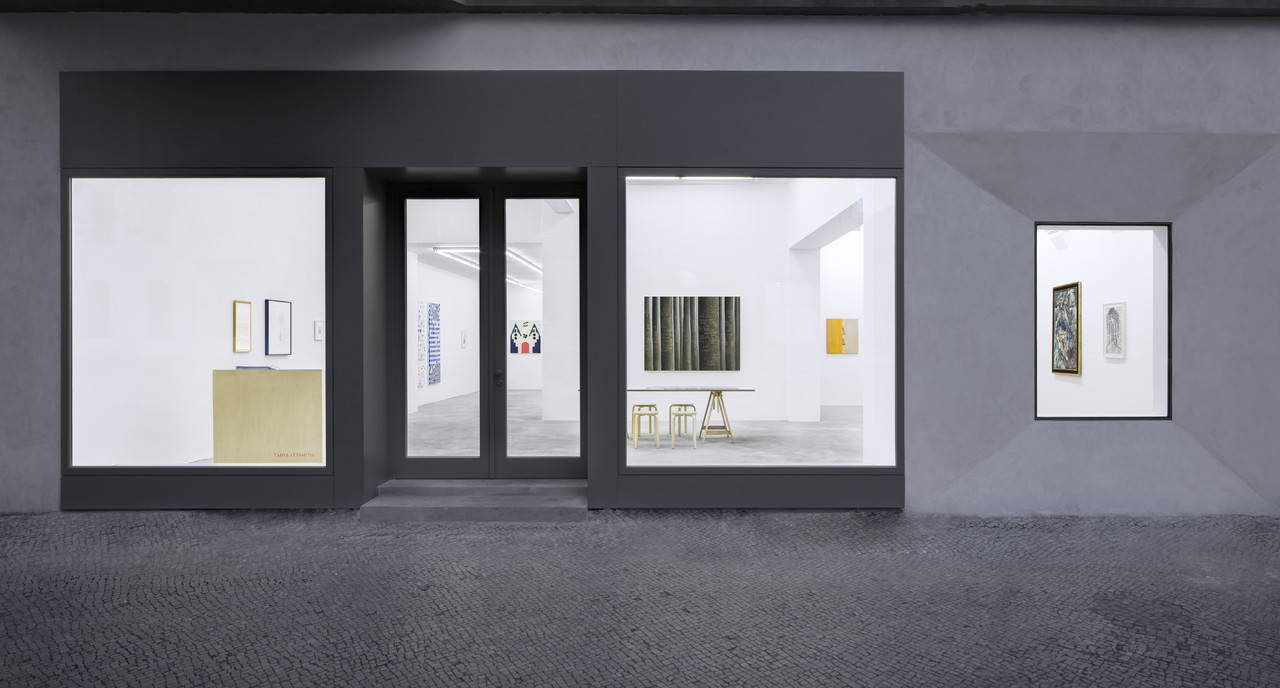Tanya Leighton is pleased to present ‘Bone & Light’, the third solo exhibition by Sky Hopinka with the gallery and his second in Berlin. The exhibition debuts a new single-channel video alongside a series of recent photographs – works that deepen Hopinka’s evocative engagement with language, landscape, and memory.
Spanning moving image, photography, and poetry, Hopinka’s practice navigates the layered poetics of place and perception. Drawing from personal and collective histories, his work reflects a sustained exploration of Indigenous identity – of how knowledge is held, remembered, and transformed over time.
Blurring the boundaries between the documentary and the lyrical, Hopinka creates works that offer an embodied, often intimate encounter with Indigenous perspectives. His visual and textual compositions examine the complexities of survivance, displacement, and return, crafting immersive experiences that resist linear narratives and invite expanded ways of seeing and knowing.
This is especially present in his new video work, He Who Wears Faces on His Ears, premiering as part of the exhibition. The piece continues Hopinka’s exploration of Indigenous mythologies, reflecting on how they resonate within contemporary geographies and permeate everyday life as an invisible, reverberating presence. Both the exhibition and the video’s titles reference the Ho-Chunk myth of Red Horn, a spiritual figure also known as He Who Wears Human Faces as Earrings. Red Horn moves between the human and the mythic, sent by the Earthmaker—the creator of heaven, earth, humans, and ghosts – to earth in human form to fight evil, ultimately dying and being revived. The narrative’s cyclical journey between worlds mirrors Hopinka’s own approach to language, myth, and cultural memory.
At the heart of ‘Bone & Light’ is language – not only as a means of communication, but as a vessel of culture, and a form through which memory is held, reshaped, and renewed.
The video opens with an expansive, seemingly endless view of a cloudscape from above. Against this backdrop, a calligram composed of passages from Yves Bonnefoy’s book The Arrière-Pays unfolds. Calligrams are a central element of Hopinka’s practice; typically presented as static images in exhibition spaces, here they appear as pictures within a (moving) picture.
In his philosophical and poetic essay Bonnefoy reflects on themes such as memory, desire, metaphysical longing, art, and the elusive sense of a more real or true world – what he calls the arrière-pays, or “hinterland”. In the book he explores a recurring sensation he experiences when traveling or encountering art – an awareness of a place just out of reach, an imagined or intuited “other” land that seems more real or essential than the world we inhabit. The term arrière-pays refers to this inner landscape, a metaphysical or spiritual realm that haunts his perceptions and thoughts. It represents both a desire for unity and truth, and the impossibility of ever fully accessing it.
Following a series of abstract, atmospheric sequences, the viewer is guided down a single-lane, tree-lined country road. From the bottom right of the screen, text spirals upward, gradually covering the image before dissolving and vanishing. Throughout, overlapping scenes unfold in the background – a shifting collage of the same country road and newly introduced urban street scenes, rotated 180 degrees. These layered places are further distorted by Hopinka’s manipulation of colour.
The final text, increasingly difficult to read, contains lines from a poem by Sky Hopinka. In it, he reflects on the myriad voices and perspectives that shape our understanding of the world. The poem speaks of invisible ghosts, the importance of music, and voices that return to us, telling stories from the past.
The video concludes with another drive along a country road – bringing the piece full circle, as though everything is about to begin again.
The video is accompanied by a series of analogue photographs, many of which were taken at – or near – the locations featured in earlier films. Arranged in diptychs, the images capture recurring motifs: rivers, skies, clouds, and open landscapes. Their arrangement reflects the process of creation itself, preserving a spontaneous rhythm of experience, environment, and time.
Onto the surface of these prints, Hopinka has carved fragments of his poem ‘Flesh and Ghost, Part 2’. These hand-scratched texts once again merge image and language, underscoring his ongoing exploration of poetry as both a visual and spatial form.
As he puts it: “Indigenous art is the art of the indescribable things that you can’t think of in English. The meaning isn’t the shape of words, but rather it’s found in those crevices between the facts and the information we’ve been taught to understand of ourselves – those slick spaces where the spirit slips through, that I don’t have the words for, that you don’t have the words for.”
In ‘Bone & Light’, Hopinka brings into focus the contours of another way of knowing – one that does not rely on fixed definitions, but arises in the interstices between language and image, memory and place, past and present. Here, myth does not retreat into history, but continues to circulate – echoing across land, voice, and form.
